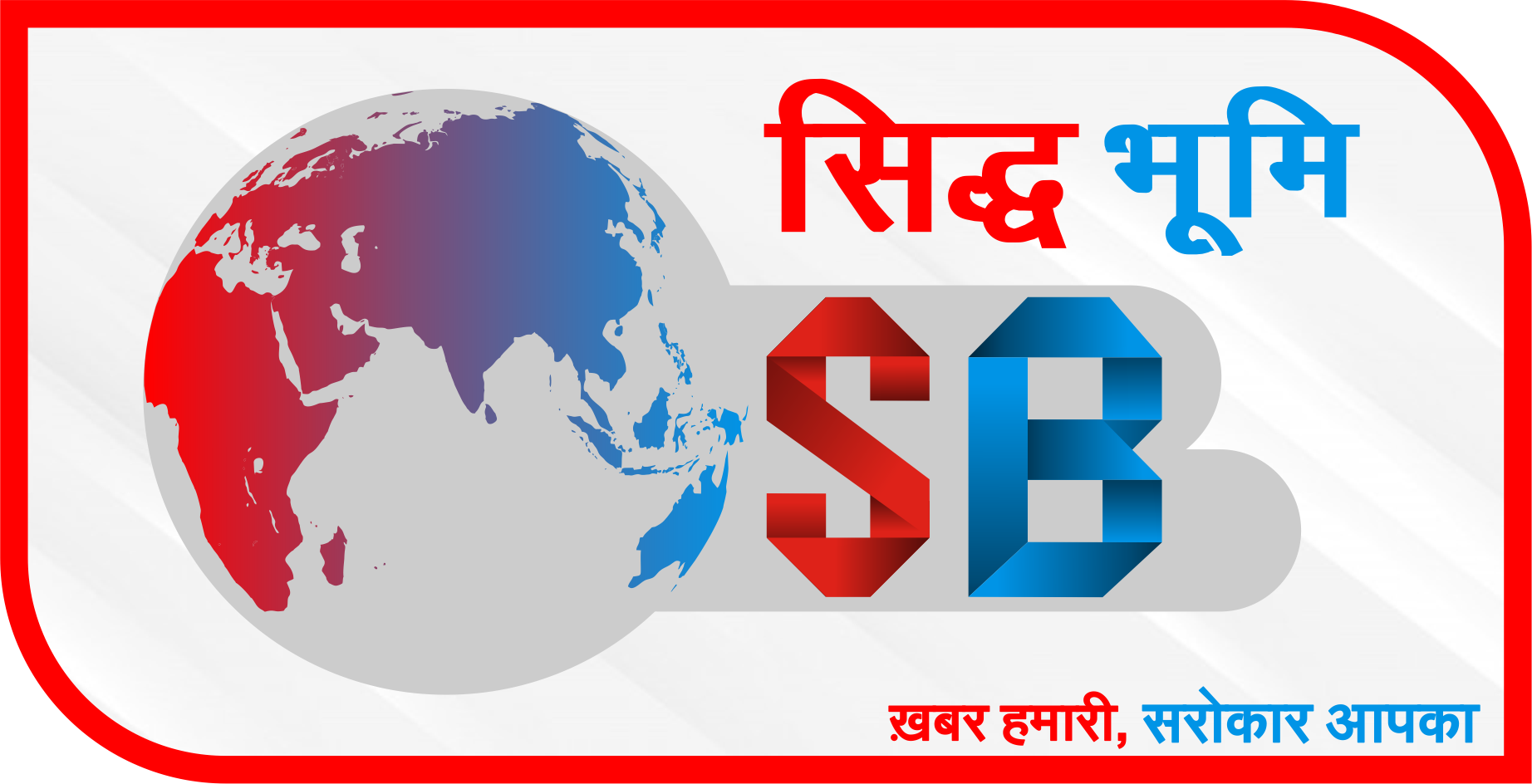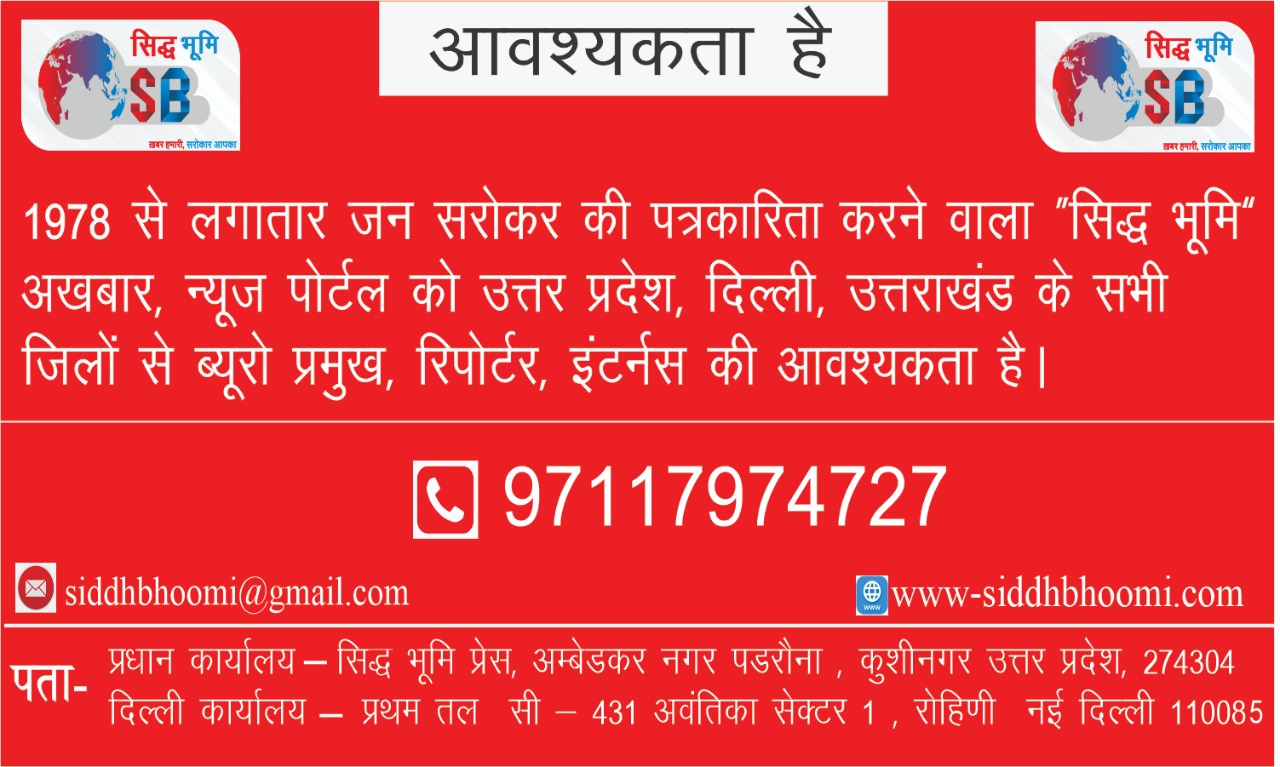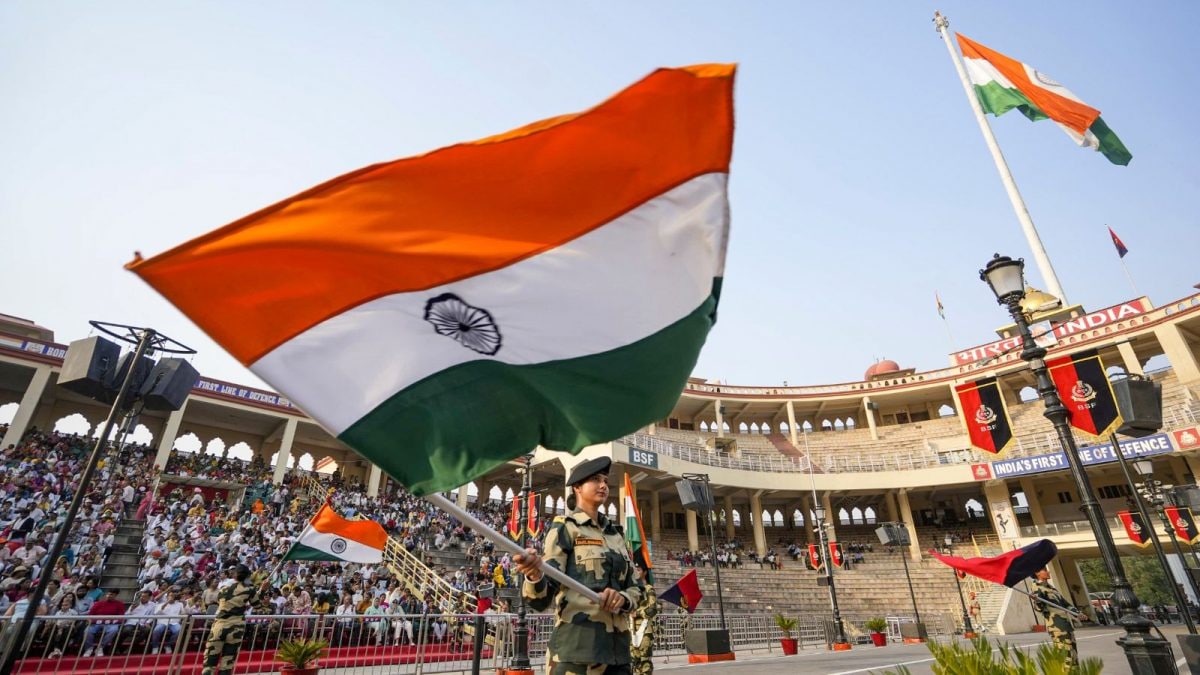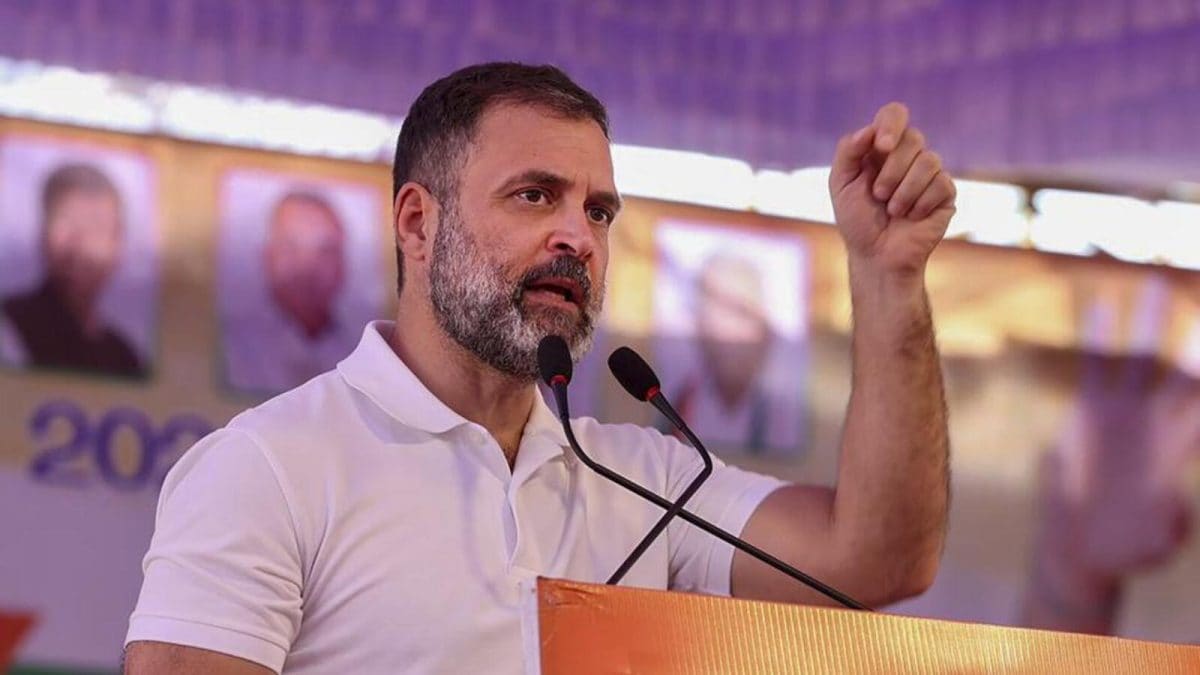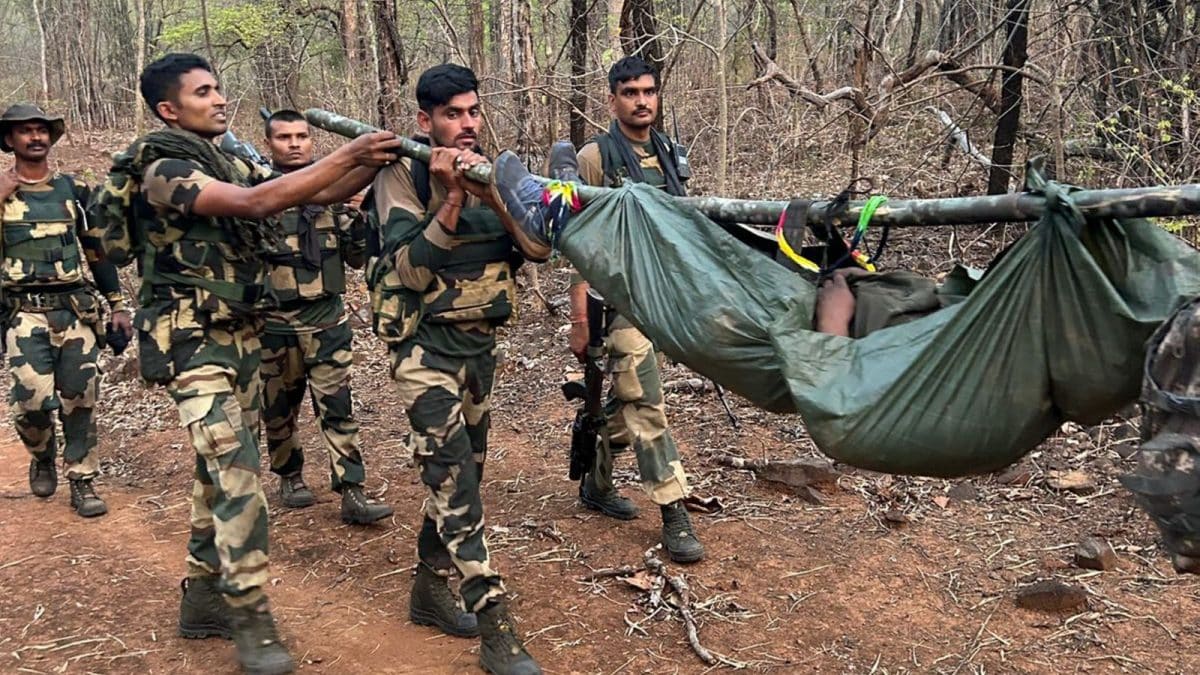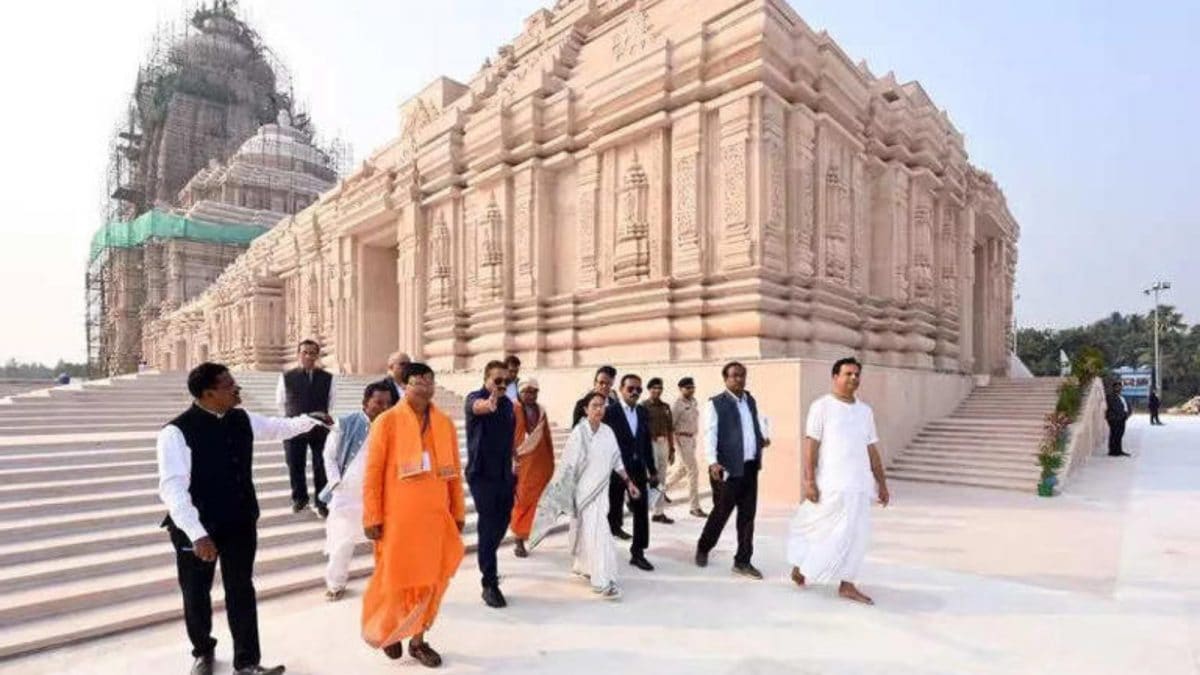With Omicron Joining Delta, Building All-Weather Health System Must Be Top Priority for 2022

A new calendar year dawns, nested in India’s 75th year of Independence. As resolutions go, a new year’s day is when personal hopes for a healthier and happier future are packed into a list of actions, which can make them possible. The celebration of ‘Azadi Ka Amrit Mahotsav’ makes our determination to strengthen the country even more meaningful than individual resolutions to improve oneself. A collective resolve that can meet individual aspirations of happiness as well serve the nation well is to create a resilient health system, which provides appropriate and affordable health services to all in an efficient, equitable and empathetic manner.
The new year begins when the Covid-19 conundrum is still to be solved, with Omicron joining Delta to keep the pandemic rolling across the world. The rallying cry of the United Nations, urging countries to ‘build back better’, remains posted for future action as a preoccupied world continues to grapple with the present challenges of countering the virus and containing the threat it poses to health and development. Will 2022 be the year when we can tame the virus and mitigate its threat to a minimum whereby our co-existence is possible in a normally functioning world?
We have two key objectives to achieve. To reduce the number of people infected and to reduce the severity of disease in those infected. Treatments will continue to emerge, for reducing the risk of death in those who develop moderate or severe disease. However, the risk of death or long-term complications of Covid will still make the prevention of the infection in the first place, and keeping the clinical effects of infection mild when it occurs, the top two priorities of our Covid containment strategy. To achieve these, we have two proven methods of protection — masks and vaccines.
Over the past year, we have learnt that the proper use of face masks can greatly reduce the risk of infection from the virus, irrespective of which variant is in circulation. We have also learnt that full dose vaccination, from most of the approved vaccines, reduce the risk of severe infection, hospitalisation and death even though the systemic immunity they evoke does not prevent infections. ‘Masks against mutant attacks’ and ‘vaccines against virulent variant disease’ can be the two messages to motivate people to protect themselves even when they cannot always practice physical distancing or stay indoors in well ventilated spaces.
Governments should supply masks free of cost to all low-income families. Mask mandates must be implemented in all public and workplaces as well as educational establishments and transport systems. Full dose vaccination must be ensured for all eligible adults and older children. ‘Protective’ third doses of approved vaccines must be administered to all persons above 60 years of age, frontline health workers and other essential workers whose double dose vaccination was completed prior to nine months, according to the recent government policy. Later, when the supply chain is in full flow, the programme may expand to provide third doses to the 45-60 years old and extend paediatric vaccination to the 12 to 15 age group. Extensive use of mass media, hoardings in public places as well as active engagement of community networks and local influencers must promote vaccine literacy and reduce vaccine hesitancy.
Strengthening the health system is an imperative that cannot be ignored, even as we are energetically implementing Covid-19 control strategies. The Pradhan Mantri Ayushman Bharat Health Infrastructure Mission (PM ABHIM) and the Digital Health Mission are pathways that can create well-connected healthcare infrastructure across the country. Both within and beyond these missions, actions are needed to create an edifice of health assurance for the whole population. The three legs of the tripod that supports such a vision are: primary care-led universal health coverage (UHC); action on the social determinants, which impact on health through policies and programmes in other sectors and active engagement of the community in the design and delivery of health programmes.
Primary health services are the broad base of a stronger health system. Our rural primary healthcare, long existing but deficient in delivery, needs additional financial and human resources. Urban primary health services have not been developed in many parts of the country. Both these components of the National Health Mission will need to be strengthened and scaled up to provide comprehensive, chronic and acute, continuous and connected care. Primary care is the multi-compartment train for delivering a large set of essential diagnostics and treatments of many common conditions, early recognition and timely referral of persons needing advanced care, follow-up of persons returning from secondary or tertiary care, epidemiological surveillance, child and adult vaccination, implementation of many national health programmes and health promotion initiatives. Even during a public health emergency, early alerts, frontline response, multi-sectoral convergence and community engagement are provided by primary health services.
We also need to strengthen district and medical college hospitals to provide more advanced care. Besides several areas of non-emergency care, critical care capacity needs to be enhanced, as Covid taught us. All levels of care can be invigorated with appropriate use of health technologies. Laboratory capacity must be enhanced for diagnosis and monitoring a wide array of health disorders as well as for microbial surveillance ranging from point of care home testing to genomic analysis in reference labs. Health information systems must be strengthened to provide timely, accurate and representative data for local, district, state and central level monitoring, analysis and response. Data systems must enable a range of applications from big data analysis to micro-planning. Many of these services will benefit from adoption of appropriate health technologies.
Mere expansion of infrastructure and scale up of technologies without adequate human resources will make the health system a carriage without wheels. A multi-layered, multi-skilled health workforce will be needed. Upgraded district hospitals can support new colleges for training doctors, nurses and allied health professionals. Technology enabled frontline health workers can perform many primary care functions which are traditionally assigned to doctors who are in short supply.
Health is a complex adaptive system, with many dynamic changes that need a contextualised response and multi-sectoral coordination. To be resilient and adaptive, the health system needs reserve capacity (‘slack’) that can provide a swift and strong surge response. To build and operate an efficient and resilient health system that functions well in the steady state and is capable of readily responding to public health emergencies, higher levels of health financing are needed from both central and state government expenditures. Such public financing of health must reach at least 3% of our GDP by 2025. Can it rise to at least 2.1% in 2022 and climb further to reach 3% by 2025, with further yearly increments of 0.3%? If 70% of the health budget is spent on free provision of primary care, essential drugs and diagnostics, out of pocket expenditure will be sharply reduced. Essential hospital care should be supported by other components of the UHC programme. Earnest commencement of efforts to deliver on the commitment to create a well – functioning health system is the best gift we can give to the nation in this special year.
Prof. K Srinath Reddy is a cardiologist and an epidemiologist, and president of Public Health Foundation of India. The views expressed in this article are those of the author and do not represent the stand of this publication.
Read all the Latest News, Breaking News and Coronavirus News here.
Source link
